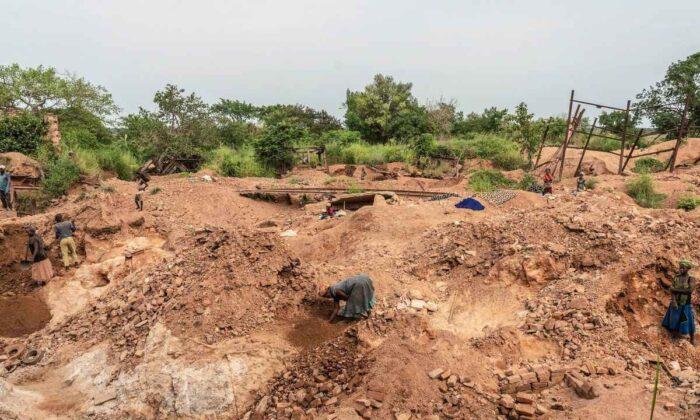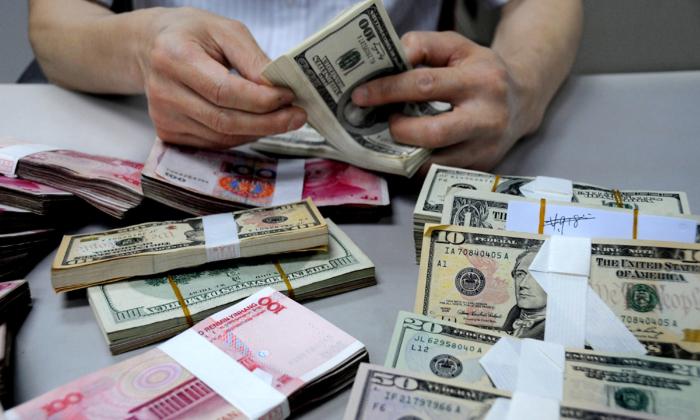Due to the limited supply of domestic lithium resources, battery-related companies in China have stepped up their competition for outside lithium sources.
The production of this “new oil” is inseparable from lithium ore resources. In recent years, Chinese companies have stepped up the acquisition of lithium mines around the world, and thereby expanded their control over the upstream resources of the electric vehicle (EV) industry chain.
On July 11 , China’s Ganfeng Lithium announced that it would acquire a 100 percent stake in Argentina’s mining group Lithea for $962 million. Lithea is mainly engaged in the acquisition, exploration, and development of lithium mines. The company owns two salt lake assets, Pozuelos and Pastos Grandes, also known as the PPG lithium project, in the mineral-rich Salta province of Argentina.
The PPG project uses lithium-containing salt lake brine to produce lithium carbonate, a key material in EV batteries. The two assets can provide roughly 11.06 million tons of lithium carbonate, with a projected first-phase annual production of 30,000 tons, and the potential to expand to 50,000 tons per year in the future.
In the announcement, Ganfeng Lithium said that the transaction will help improve the company’s self-sufficiency in lithium resources and enhance the company’s core competitiveness.
Top Six Countries with the Largest Lithium Reserves
The United States Geological Survey (USGS) said in a report that as of 2021, the world’s uncovered lithium reserves are highly concentrated in Bolivia, Argentina, Chile, the United States, Australia, and China, with these six countries accounting for 80 percent of the world’s total lithium resources.“Four mineral operations in Australia, two brine operations each in Argentina and Chile, and two brine and one mineral operation in China accounted for the majority of world lithium production. Additionally, smaller operations in Brazil, China, Portugal, the United States, and Zimbabwe also contributed to world lithium production,” the report said.
China’s Aggressive Acquisition and Production
Bolivia, home to the world’s largest lithium resources, has recently become the center of the lithium race.On June 8, Bolivia’s energy minister announced that foreign companies competing for the country’s huge lithium resources had been reduced from eight to six, and later confirmed that four of the remaining six companies were Chinese companies, including the world’s largest power battery production Shang Ningde Times, China’s Fusion Enertech, TBEA, and CITIC Guoan Group. The other two contenders are from Russia and the United States.
CATL and Ganfeng Lithium both joined the acquisition battle for Canada’s Millennial Lithium last year, which owns two salt lake lithium projects in Argentina. In the end, Lithium Americas, which is 12.5 percent owned by Ganfeng Lithium, offered a higher purchase price.
At the end of May this year, Chinese state media The Paper reported that BYD, the Chinese EV and EV battery giant, had reached acquisition agreements for six lithium mines in Africa.
BYD also obtained the right to extract 80,000 tons of lithium over 20 years in Chile in January. Another top Chinese lithium company, Tianqi Lithium, purchased a 23.77 percent stake in Chilean lithium giant Sociedad Química y Minera de Chile S.A. (NYSE:SQM) in December 2018 for about $4.2 billion with the support of a syndicate of funds led by China CITIC Bank. SQM has exclusive access to the world’s best and largest reserves of calcareous ore and brine underneath the Atacama Desert.
Nonetheless, after the new Chilean government came to power, it actively promoted the nationalization of mineral resources, posing uncertainties for BYD and Tianqi Lithium’s mining projects.





